- 629

- Puerto Rico
 Sauber Mercedes C9 1989 24 Hours of Le Mans by Metalsun1, on Flickr
Sauber Mercedes C9 1989 24 Hours of Le Mans by Metalsun1, on FlickrMercedes-Benz had retired from top tier racing since the tragic accident in the 1955 24 Hours of Le Mans. That’s until the privateer racing team Sauber, asked M-B in 1984 for some time in their new wind tunnel so they can develop their C8 race car. M-B’s involvement crept from there to engine supplier, then full factory support by 1988 with the C9. Among other improvements above the previous generation, the development of a 4-valve DOHC increased the power output to 720 bhp in race trim. The C9s were very dominant in the 1989 season, winning all but one race. During the 1989 24 Hours of Le Mans, the C9 reached 248.0 mph (400 km/h) during their qualifying sessions down the Mulsanne Straight. Eventually, the #63 Sauber Mercedes driven by Jochen Mass, Manuel Reuter and Stanley Dickens took the checkered flag in a 1st, 2nd, and 5th finish. By the next season, 2 new chicanes were installed in the track to slow the cars down.








 Silverstone Grand Prix Circuit_1
Silverstone Grand Prix Circuit_1 Circuit de la Sarthe 2009_7
Circuit de la Sarthe 2009_7



 Gran Turismo 6: Acura Integra Type R
Gran Turismo 6: Acura Integra Type R Gran Turismo 6: Acura Integra Type R
Gran Turismo 6: Acura Integra Type R Gran Turismo 6: Acura Integra Type R
Gran Turismo 6: Acura Integra Type R






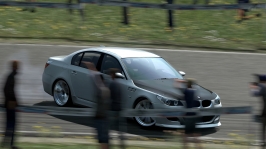


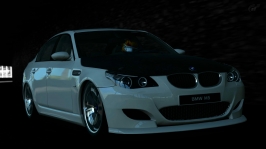


 Castrol Corrolla. -5
Castrol Corrolla. -5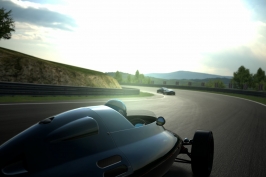
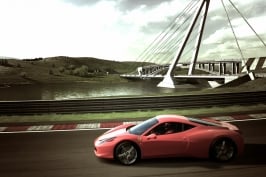
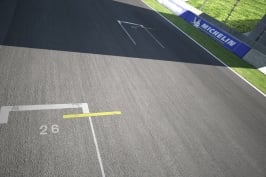



 ) so im leaving you here with this Z4 on our Green H(eaven?)ell
) so im leaving you here with this Z4 on our Green H(eaven?)ell




